Hari om!
This article is about the importance of following a standard sequence while practicing yoga.
10- 15 minutes is required for the body to get warmed up. Children below 13 are usually flexible, so they are exempted.
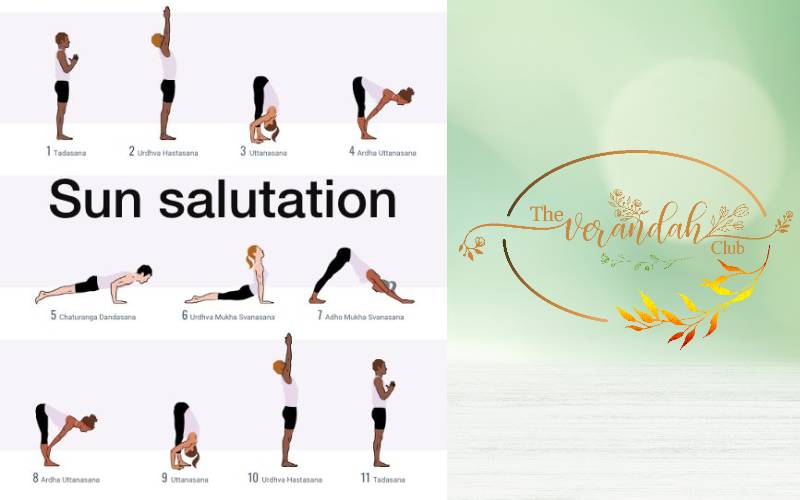
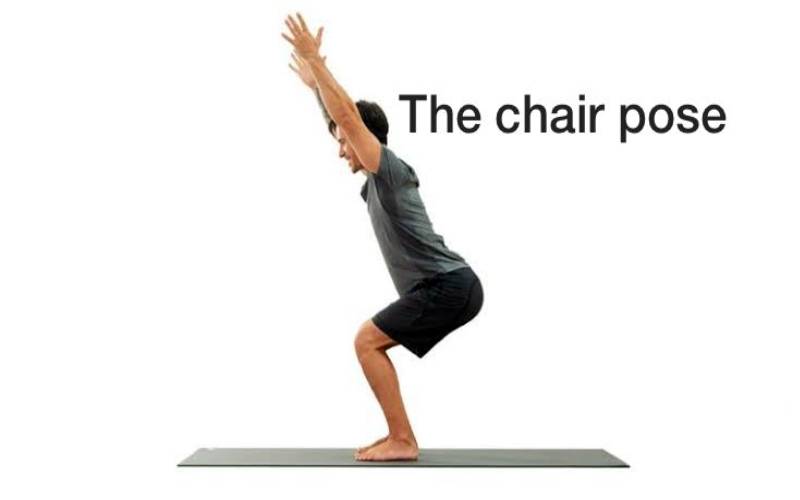
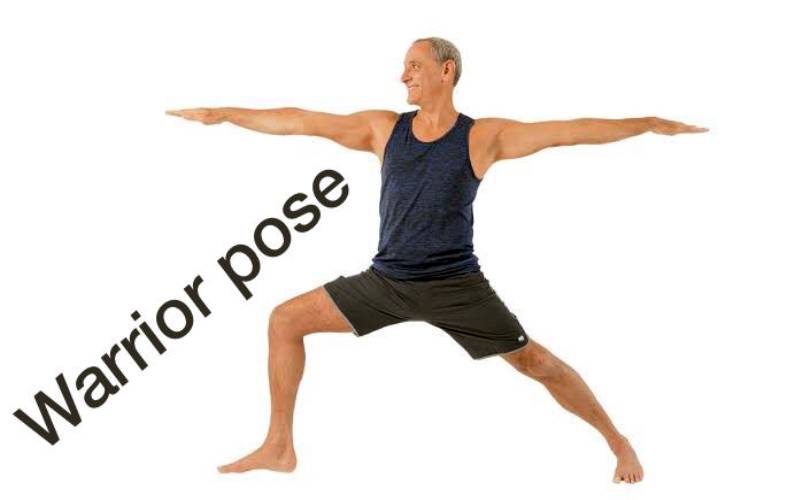
Standing poses
Simple poses like Arthachandraasana (Half-moon pose), Uthkataasana (The chair pose), can be done, followed by Surya namaskara (The sun salutation). It is a combination of various poses which brings more blood flow to the whole body and activates all dormant cells and breathing too is toned.
After these practices lie down in Savasana (Lying flat on your back on the mat).
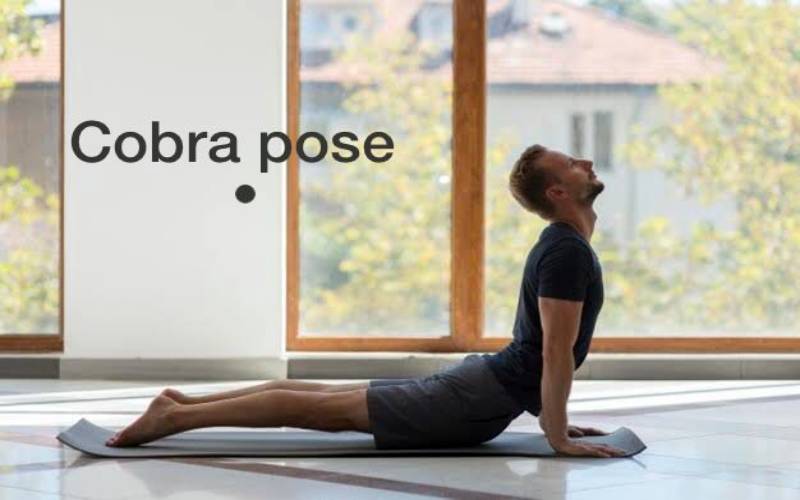
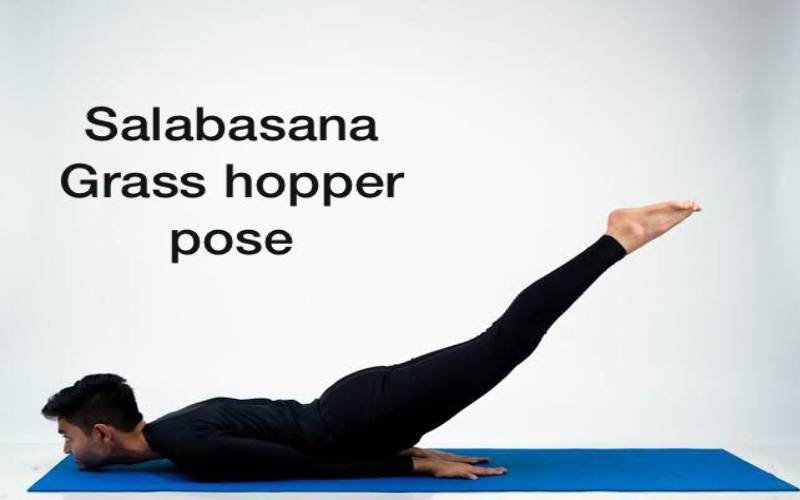
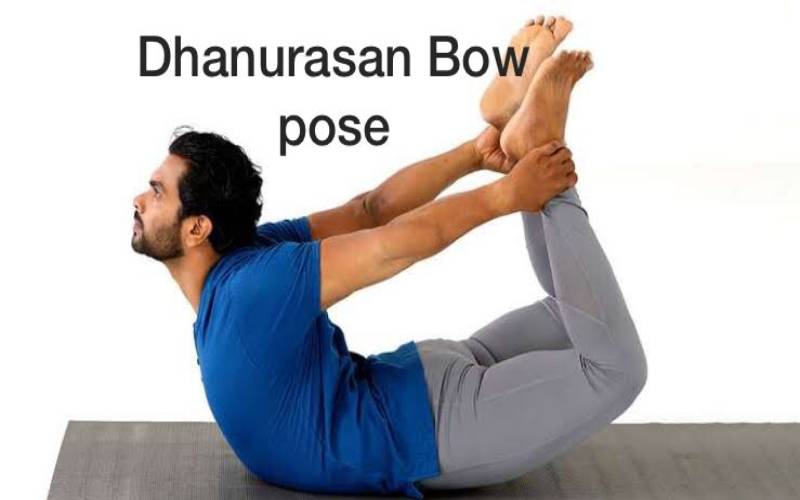
Backward Bending Aasanas
1. Bhujangaasana (Cobra pose)
A very important pose to start the backward bending series. Stretches the upper part of your head, neck and chest and upper spine is engaged.
2. Salabaasana (Grasshopper pose)
Lie on the floor with abdomen to the ground. Tuck both arms underneath the body. Just lift both legs for 20 seconds and hold there breathing easily.
3. Dhanuraasana (Bow pose)
Lie down with Abdomen on the floor. Bend both the knees and try to catch the ankle. Raise the whole body like a bow and stay there for few seconds. It wonderfully massages the abdomen and completely stretches the spine. Hold the pose for 15 - 20 seconds.
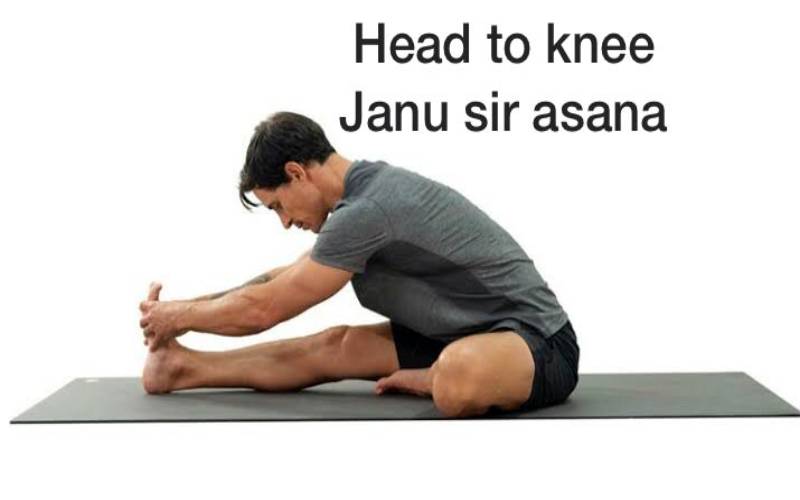
Forward Bending Poses
1. Janu Sirasaasana (Head to knee pose).
Sit on the mat and extend the right leg by keeping the knee straight. Keep the left leg on the floor and bring the left foot close to the root of the right thigh. Stretch the upper body and bend forward. Catch the right leg partly, either knee, ankle, or toe, whichever is comfortable with your fingers. Stay in the pose for 3 - 4 breaths and feel the complete stretch on the lower part of the body. Repeat with other leg.
2. Paschimothanaasana (Full-forward bending pose)
Extend both the legs and keep the knees intact. Check that your calf muscles and heels are on the floor. Inhale deeply, stretch the body forward, and exhale. While bending the lower spine, get the hands to the legs wherever possible. Do not drag your body to the foot. Let the breath ease your body, slowly converge with your legs and stay in the pose for more breaths. Approximately, hold the pose for a minute and then relax.
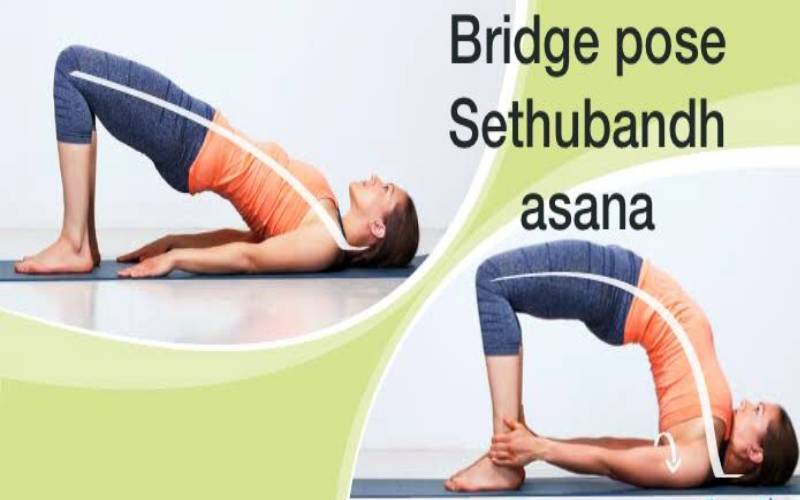
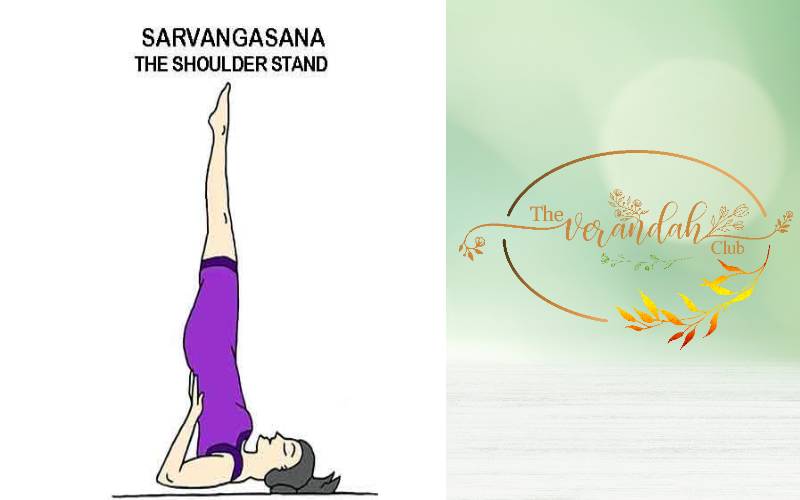
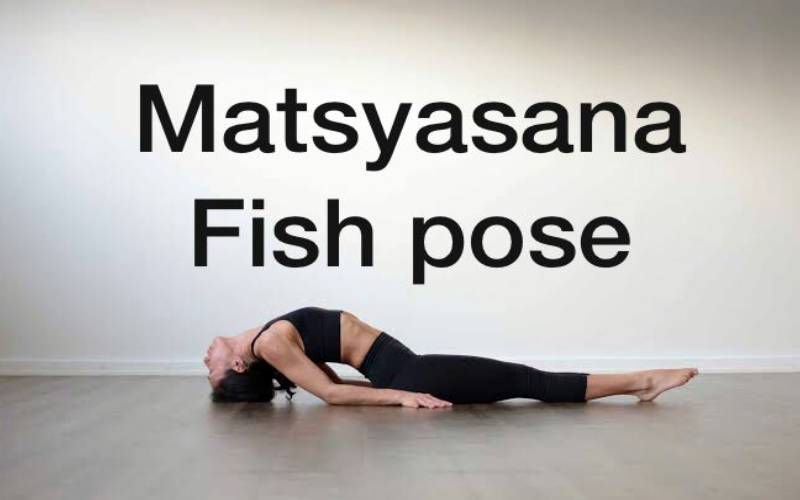
Inverted poses
1. Sethu bandhaasana (Bridge pose)
Lie down on the mat in Savaasana (With your spine on the mat). Bend both legs inward towards the lower back. Catch the ankle with the hands. Lift your hip up to the sky and support your hip with both hands. The chest raises towards the chin and the thyroid gland is engaged for better benefits of the body.
2. Sarvangaasana (Shoulder stand pose)
Follow the initial two steps of the bridge pose. Kick your legs to the sky with the support of your back and both the hands holding the hip. Stay in this pose for 3 minutes. This is called the Queen of Poses.
3. Matsyaasana (Fish pose)
This pose is to be done after the shoulder stand. Lie on a mat, press your elbows to it and come to half seated position. Raise your chest to the sky and drop your top of the head slowly to the floor. Keep breathing in the pose for at least a minute. Slowly come out and lie down. Move your head side to a side and relax.
Praanaayaama
The last practice of the session should be praanaayaama which we shall discuss in detail in the next article.
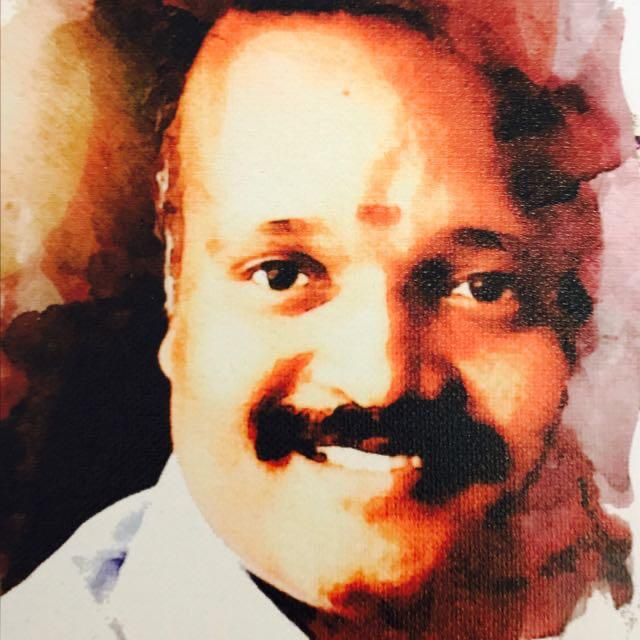
R. Vijayaraja
A business management graduate and a diamond merchant. Trained as a Hatha Yoga Instructor and have been teaching in schools and yoga studios for past 13 years. Power Yoga and Wheel Yoga Specialist.
NEXT ARTICLE
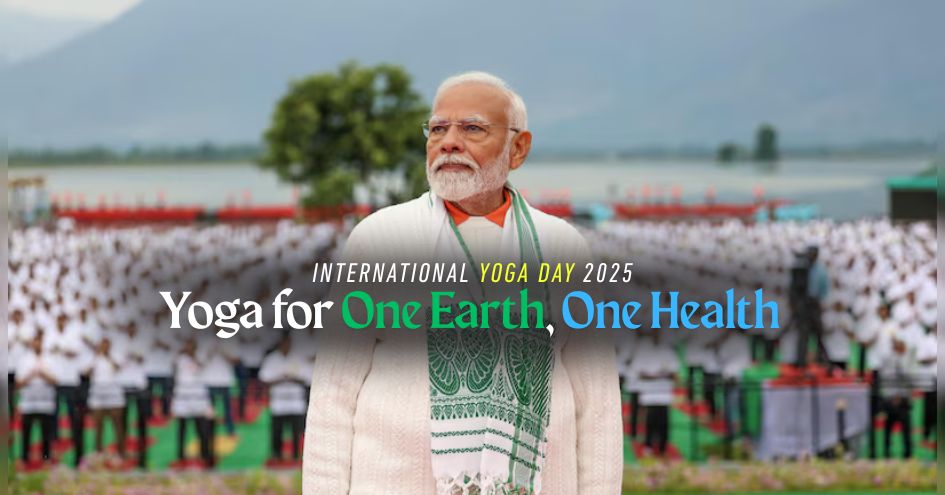
Earlier this year in March, Prime Minister Narendra Modi formally declared "Yoga for One Earth, One Health" as the theme for International Yoga Day 20...